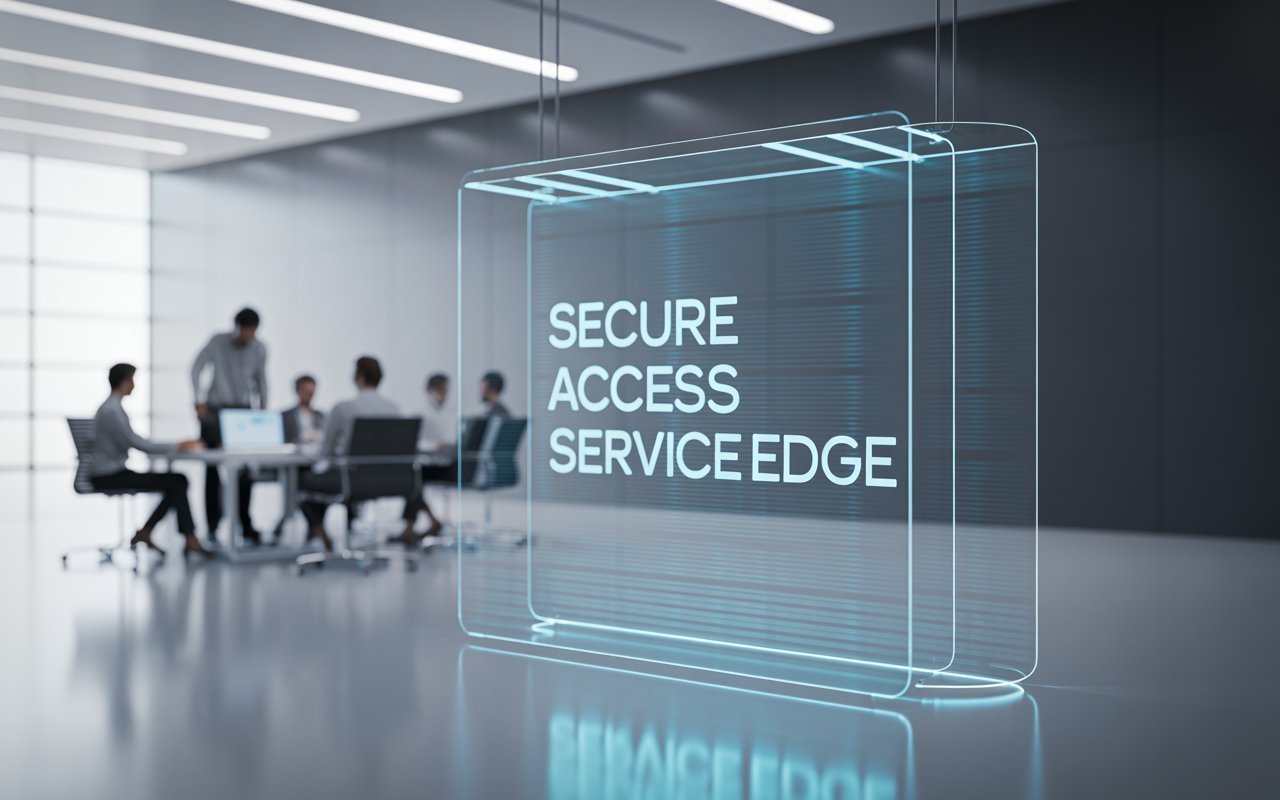As businesses accelerate their digital transformation and expand their cloud-based infrastructures, the need for robust, adaptive security and networking frameworks has grown exponentially. Secure Access Service Edge (SASE) represents a significant advancement, merging security and networking functionalities into a single cloud-native solution. By doing so, organizations can tackle the increased complexity of modern IT environments, which span on-premises networks, remote devices, and multiple cloud platforms. Adopting secure access service edge (SASE) solutions empowers enterprises to grant seamless, secure access to applications and data, regardless of the user’s physical location or device, while centralizing the management of these critical services.
This unified approach is increasingly becoming the preferred standard for forward-thinking organizations seeking both agility and strategic control. A SASE architecture dismantles geographical barriers and legacy network constraints, providing the backbone needed for modern hybrid work arrangements and interconnected digital operations. By enabling direct connectivity to cloud resources, SASE also reduces network bottlenecks and supports stronger, more consistent enforcement of security policies at every access edge.
Enhanced Security Posture
At the core of SASE’s value proposition is its capacity to significantly strengthen an organization’s security posture. Traditional enterprise security relied on a patchwork of solutions that operated in silos, increasing the risk of misconfigurations and gaps in defense. In contrast, SASE consolidates essential security elements, including firewall-as-a-service, secure web gateways, intrusion prevention systems, cloud access security brokers (CASB), and zero-trust network access, into a cohesive, cloud-based platform. This integration provides enterprises with a holistic, unified solution for threat prevention, detection, and response, ensuring that all traffic, whether from branch offices or remote workers, is subject to the same stringent security policies.
Improved Network Performance
Legacy network designs typically rely on a hub-and-spoke model, which funnels all connections and application traffic through a central data center, regardless of the location of users or resources. These architectures create unnecessary backhaul, which elevates latency and diminishes the user experience, particularly when accessing cloud-based applications. SASE solutions resolve this inefficiency by establishing direct-to-cloud and direct-to-internet paths, thereby optimizing bandwidth usage, minimizing delays, and enhancing the responsiveness of critical business applications. For enterprises with geographically dispersed teams or remote staff, this means that workers experience reliable, high-speed connectivity, regardless of their location, directly impacting productivity and operational efficiency.
Cost Efficiency and Simplified Management
The consolidation of disparate tools and hardware into a single SASE platform has a transformative impact on cost structures and management complexity. Traditional setups often demand significant investments in multiple appliances, license renewals, and ongoing maintenance — not to mention the time and manpower required to deploy, tune, and update solutions across various sites and users. SASE’s cloud-native architecture centralizes these capabilities, delivering security and networking services from a single provider and streamlining policy administration through a unified management console. This reduces operational overhead and total cost of ownership, allowing IT teams to reallocate resources more strategically and ensuring more agile responses to emerging business priorities or threats.
Scalability and Flexibility
Rapid expansion and shifting digital priorities are realities for most modern organizations. SASE offers a scalable and elastic approach to network security and connectivity, keeping pace with evolving needs. Whether onboarding new branches, adding remote users, or integrating new cloud services, SASE can dynamically adjust to accommodate increased loads or changing requirements without the friction typically associated with hardware-bound models. This adaptability is critical for maintaining business continuity, ensuring secure access to resources at scale, and launching new initiatives without delay.
Support for Remote and Hybrid Workforces
Remote and hybrid workforces have become permanent fixtures in the corporate landscape. The challenge of providing secure, high-performance access for users who may seldom or never visit a physical office is now a top priority. As highlighted by Computer Weekly, SASE addresses this challenge head-on, delivering secure direct-to-cloud access for users wherever they are. Employees benefit from frictionless logins and consistent application experiences whether they’re working from home, traveling, or onsite. At the same time, IT retains granular control over security policies and compliance, reducing the risk of data breaches and regulatory violations that can stem from unmanaged endpoints and unsecured connections.
Consistent Policy Enforcement
SASE ensures that security and access policies follow the user, not the infrastructure. Unlike traditional models where protections are strongest inside the network perimeter, SASE uniformly applies policies to all traffic regardless of user or device location. This is especially critical for organizations managing compliance with stringent industry mandates or handling sensitive data, such as healthcare, finance, or legal entities. With SASE, the same rigorous security postures can be enforced regardless of whether users are inside the office, connecting from public Wi-Fi, or using mobile devices — closing loopholes that attackers commonly seek to exploit.
Future-Proofing the Network
Technological innovation is relentless — from heightened adoption of cloud services and Internet of Things (IoT) devices to new regulatory demands and cyber risks. SASE provides a forward-compatible foundation, enabling organizations to integrate emerging solutions and expanded connectivity without re-architecting their entire IT stack. Its focus on cloud-delivered, modular services supports ongoing adaptability and business evolution, enabling organizations to remain ahead of security challenges and operational demands. Choosing a SASE architecture positions enterprises to confidently leverage both present and future digital opportunities.
Conclusion
SASE solutions represent a strategic evolution in enterprise IT, providing unmatched security, performance, and scalability for the modern, hybrid workforce. By leveraging cloud-native, integrated platforms, organizations can address the complex requirements of securing access to resources anywhere, at any time, while reducing administrative and financial burdens. As the need for adaptable, robust digital infrastructures intensifies, adopting secure access service edge (SASE) solutions is a decisive move towards operational resilience and sustainable growth.

